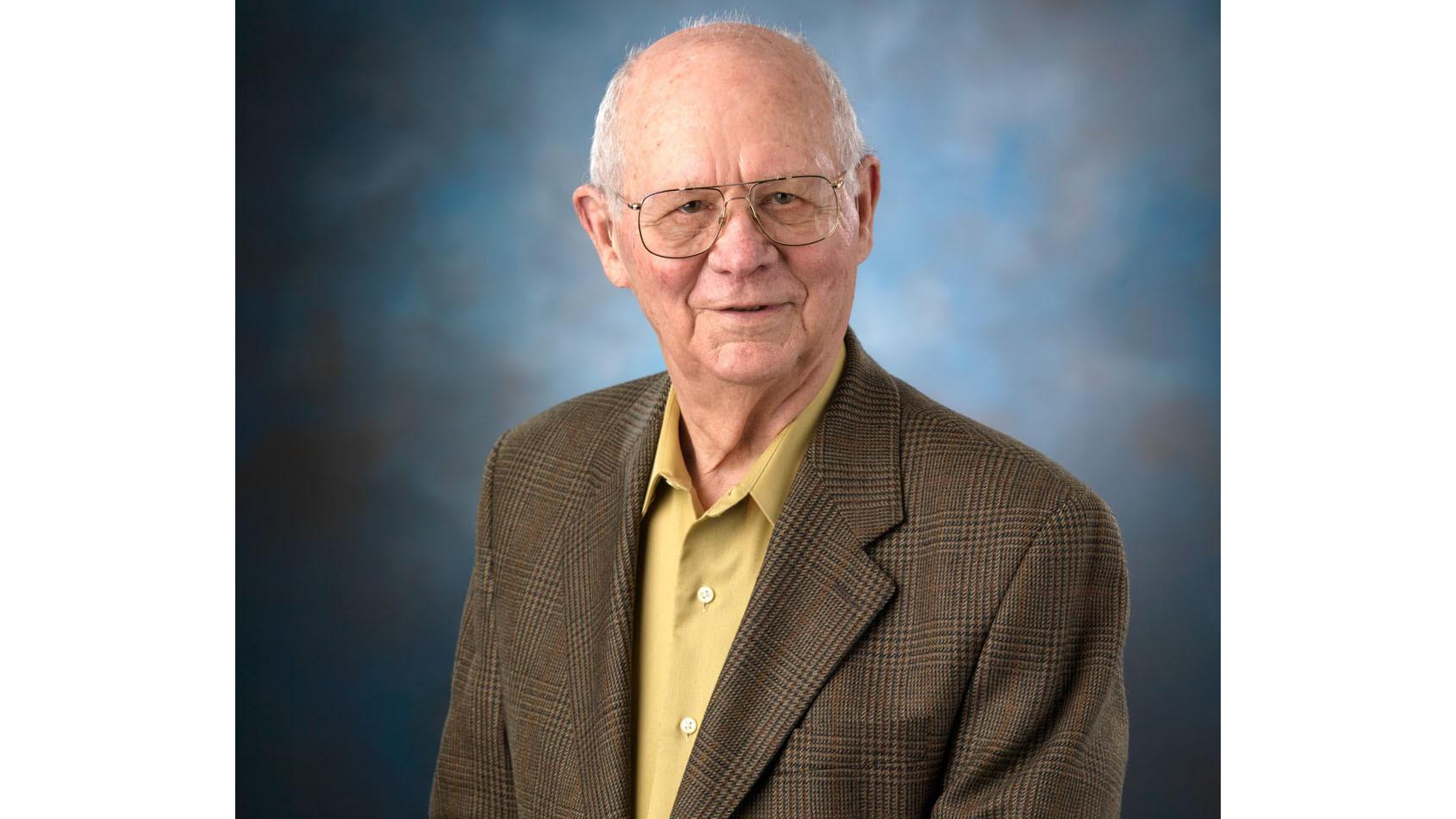Two new museums, two big schoolhouses
Published 7:32 pm Tuesday, December 5, 2017
In October I had the privilege of visiting Mississippi’s two new museums during an educator’s preview. Less than half of the exhibits were open at the time, but what I saw was impressive — world-class interactive learning centers, walk-through replicas, and sepia-toned photographs that do a number on your emotional equilibrium.
Last month, former Gov. Haley Barbour kindly granted me an interview and explained how the big ribbon cutting planned for Saturday originated. It seems that citizens tried for years to build a civil rights museum in the state but never succeeded. The ball finally got rolling when Barbour’s director of economic development, Leland Speed, looked beyond matters of black and white and saw another color — green. Speed was sure a civil rights museum could garner significant tourism dollars.
That was 2006. Barbour quickly led lawmakers to authorize a study commission, but within a year, an impasse threatened to derail the project. Some museum backers wanted the structure to be built on the campus of Tougaloo College, headquarters to much of Mississippi’s civil rights operations in the 1960s. Others insisted downtown Jackson should be the site. In Barbour’s words, the effort got “hung up.”
“It wasn’t a question of whether we wanted a civil rights museum,” he says. “The question was where to put it.”
Two notable citizens paid a call to the governor in 2010 and offered a solution. “William Winter and Rueben Anderson asked to see me,” Barbour recalls. “The state had for years been planning to build a museum of Mississippi history. They told me they already had a place for it on top of LeFleur’s Bluff just north of the old state capitol. They said the plot was big enough to put a civil rights museum there too — not one building, but two buildings. Side by side and somehow connected.”
Barbour liked the idea: “It meant it would be a tourist attraction as well as a learning experience. Downtown was the easier place to get to.”
He took the proposal to the legislature in 2011, and lawmakers authorized the first $40 million in bonds for the project. Additional bond measures would come into play during the next five years, as well as private donations totaling $19 million for exhibits and an endowment. Even so, Mississippi was writing a new chapter for the history books: she would have the only state-built and state-operated civil rights museum in the country.
I asked Barbour what that says about Mississippi.
“It says our political leadership — overwhelmingly republican, by the way, when most of this money was approved — thinks it’s important that our history be studied, for us to expose our children and grandchildren to it.”
Anderson, Mississippi’s first African-American Supreme Court Justice, says his personal push to build a civil rights museum in Mississippi began nearly four decades ago.
“I was on the board at Tougaloo and we tried, but we were never able to get the money to do it,” Anderson explains. He says efforts heated up in 2002 when Myrlie Evers, wife of slain civil rights leader Medger Evers, gave her husband’s papers to Mississippi’s Department of Archives and History. Four years later Barbour asked Anderson to serve as co-chair of the commission to establish a civil rights museum. The group spent two years hammering out plans and selecting a location for the museum.
“That’s when the recession set in,” Anderson says. “We had been charged with raising $75 million dollars, and there was no way to raise that kind of money.” He and his friend, former Gov. Winter, finally landed on the idea of a joint project next to the archives building: “He and I had plotted to build the museums for a long time. We thought it would be a good idea to put them in the same place, and we thought that Governor Barbour, with his political savvy, could pull it off.”
They were right.
Earlier this week Anderson told me he expects Saturday to be one of the greatest days of his life: “Both museums will have a huge impact on Mississippi for a long time. I couldn’t be more thrilled.”
As a civil rights lawyer from 1967-1972, Anderson represented many of the men and women featured in the new museum. I asked him which of the exhibits he found most moving. He chose a 1966 photograph of Vernon Dahmer’s four sons, dressed in their military uniforms, looking at their father’s burned home: “I think it sends a strong message of what a great state Mississippi is and what great people we have. That photograph says a lot in the context of the way Mississippi was, and how it is today.”
Anderson, who was in law school when Dahmer was murdered for his voter registration work, went on to tell me that Winter often refers to the twin museums as “two big schoolhouses.”
Barbour makes a similar point: “For the 200th anniversary there will be a lot of things to celebrate, as well as commemorate, but there will be some things we don’t ever want to happen again, that we’re not proud of, that were wrong. The best way to avoid those things in the future is to learn about them.”
Kim Henderson is a freelance writer. Contact her at kimhenderson319@gmail.com.





